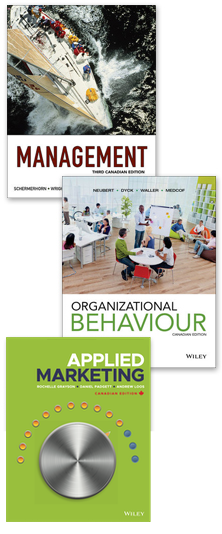ARTICLE SUMMARY: With the economy in a recession, unemployment is high. Despite efforts to stimulate the economy, unemployment numbers continue to rise. This leaves many unemployed for long periods. Congress has had to reauthorize unemployment benefits and extend eligibility for some that used up their benefits. This article describes the plight of the chronically unemployed and profiles three individuals and their struggles to restart careers slowed by the economy.
Note: this article provides an excellent case study on individual behavior and motivation, as well as human resource management.
QUESTIONS:
1. The odds for getting hired favor the newly-unemployed over long-term unemployed. In terms of recruiting and selection, why is this the case?
2. Consider the case of Paul Harrison. Do you believe his inability to get a job is related to discrimination? Why or why not?
3. Revisit the Shamrock Organization in Chapter 1. With the decline of manufacturing in the United States, how should companies and employees reposition themselves for success?
SOURCE: C. Dougherty, “The Long Slog: Out of Work, Out of Hope,” Wall Street Journal (Retrievable online at http://online.wsj.com/article/SB125383516043639305.html)
With the economy in a recession, unemployment is high. Despite efforts to stimulate the economy, unemployment numbers continue to rise. This leaves many unemployed for long periods. Congress has had to reauthorize unemployment benefits and extend eligibility for some that used up their benefits. This article describes the plight of the chronically unemployed and profiles three individuals and their struggles to restart careers slowed by the economy.
Note: this article provides an excellent case study on individual behavior and motivation, as well as human resource management.
QUESTIONS:
- The odds for getting hired favor the newly-unemployed over long-term unemployed. In terms of recruiting and selection, why is this the case?
- Consider the case of Paul Harrison. Do you believe his inability to get a job is related to discrimination? Why or why not?
- Revisit the Shamrock Organization in Chapter 1. With the decline of manufacturing in the United States, how should companies and employees reposition themselves for success?
SOURCE: C. Dougherty, “The Long Slog: Out of Work, Out of Hope,” Wall Street Journal (Retrievable online at http://online.wsj.com/article/SB125383516043639305.html)

